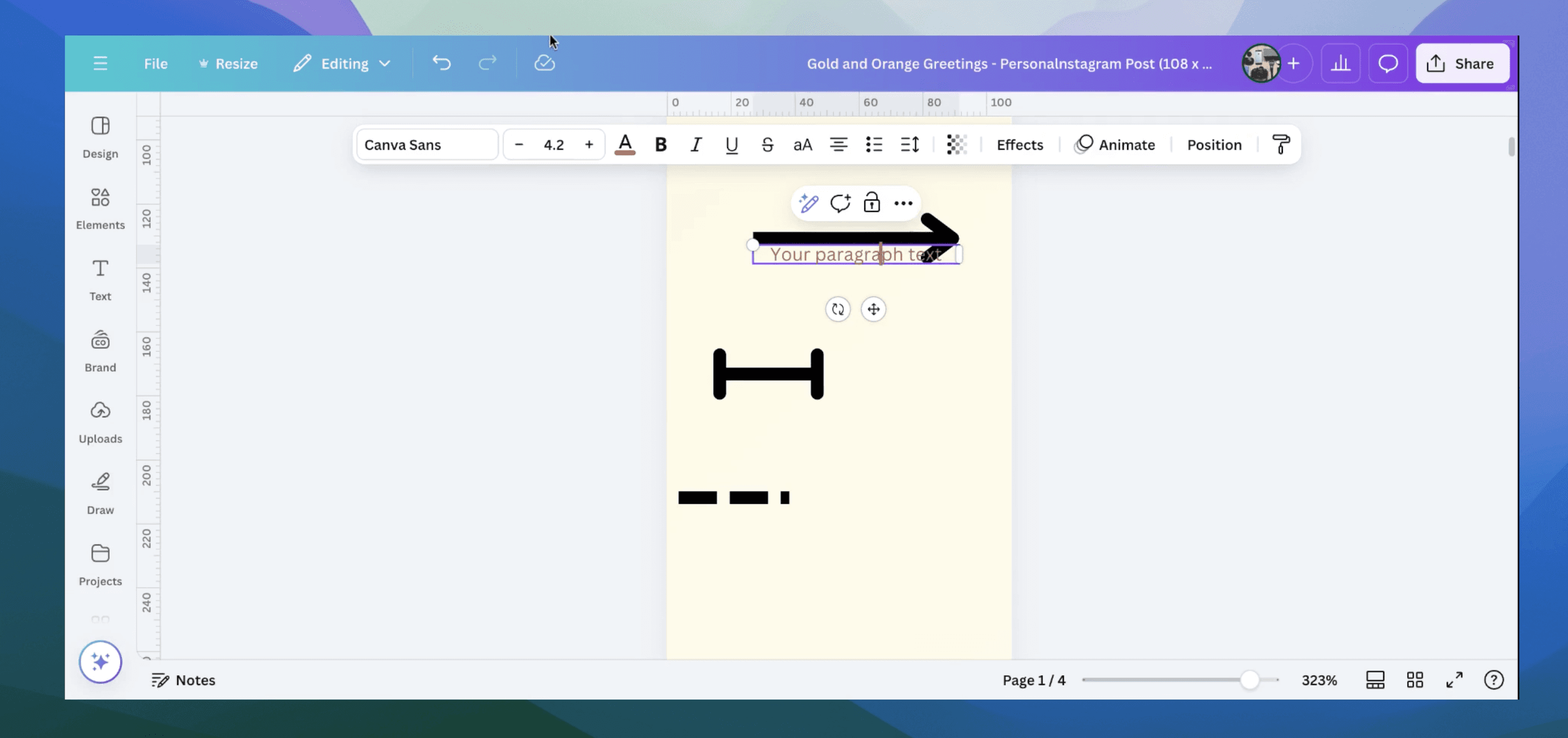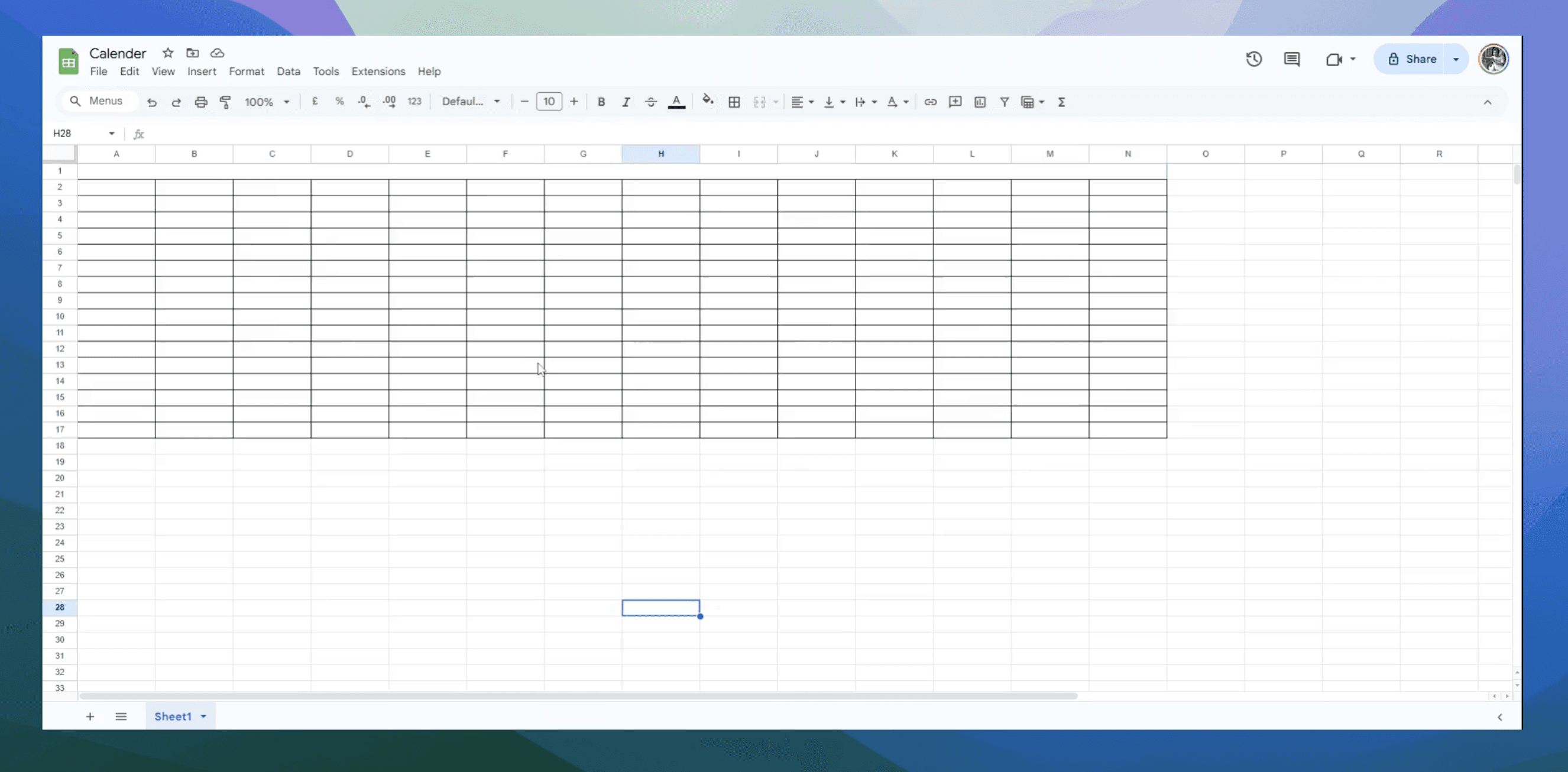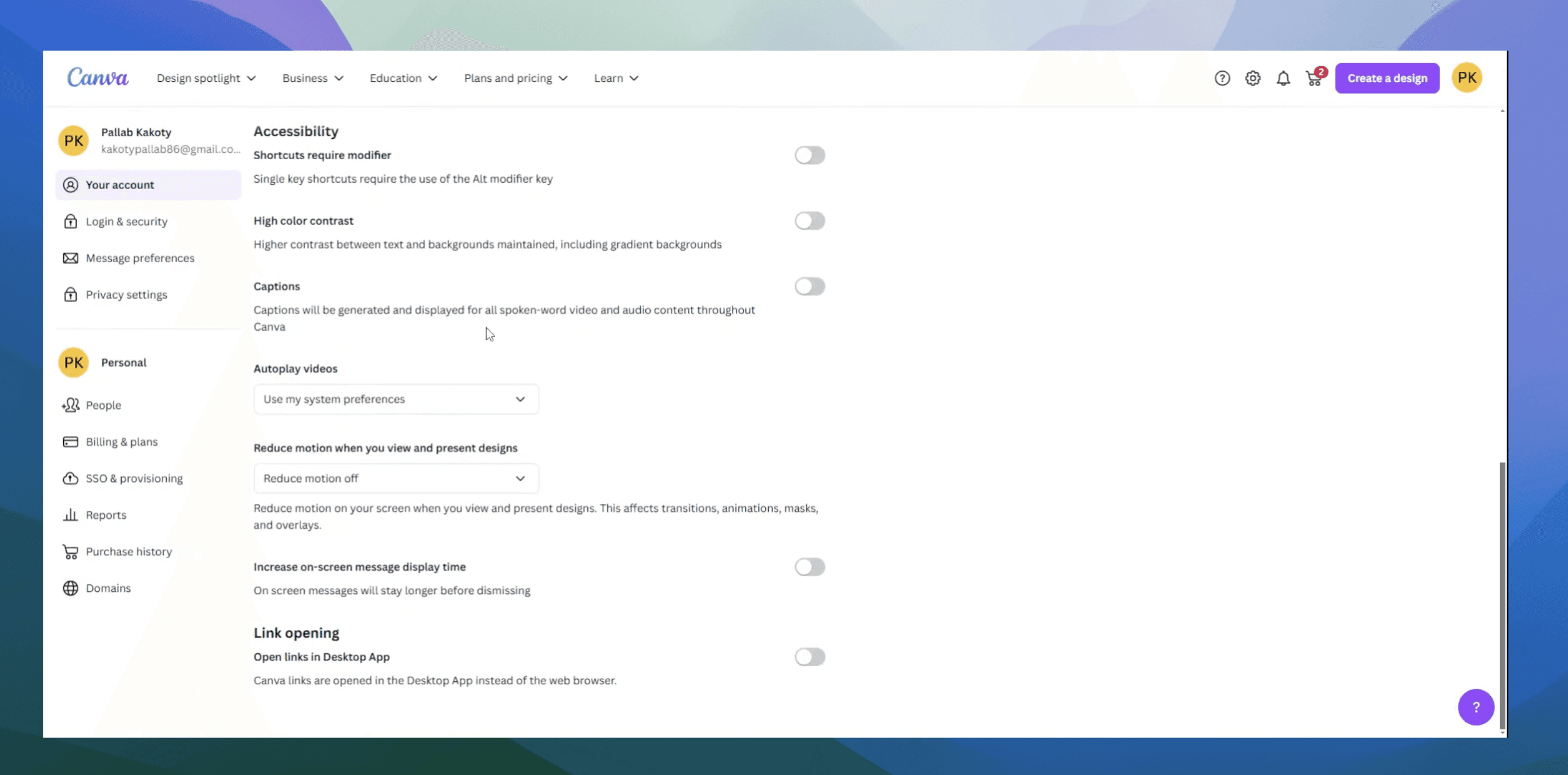VIDEO AND GUIDE MADE IN TRUPEER IN 2 MINUTES
How to check history in Google Sheets
How to check history in Google Sheets
How to check history in Google Sheets
This document provides a comprehensive guide on how to track and manage the edit history of a Google Sheets document. Learn to navigate the version history, identify past edits, and restore previous versions efficiently.
Step 1
To review the edit history in Google Sheets, navigate to the "History" option located in the top menu. This will provide access to the document's version history.

Step 2
Here, you can view the edits made along with their respective timestamps.

Step 3
If you wish to revert to a specific version, click on "More actions" next to the desired timestamp. Then, select "Restore this version.

Step 4
The document will now be reverted to the selected version, effectively restoring the specified state of the document.
Hope this was helpful!
Pro tips for checking history in Google Sheets
Use version history: To view the edit history of your sheet, go to "File" > "Version history" > "See version history" to access all past changes made to your document.
Restore previous versions: If you need to revert to an earlier version, you can restore any version from the version history by selecting the timestamp of the version and clicking "Restore this version."
Name versions: For easier tracking, you can name important versions by clicking on the three dots next to a version and selecting "Name this version."
Common pitfalls and how to avoid them for checking history in Google Sheets
Not naming important versions: Without naming key versions, it may be hard to quickly find important changes. Fix: Name significant versions so you can easily identify and restore them when needed.
Overlooking changes in non-visible sheets: If your sheet has multiple tabs, make sure you're checking history for all tabs, not just the active one. Fix: Check history for the entire document by selecting different tabs as needed.
Not saving versions before major edits: If you make significant changes, it's helpful to save a version first to avoid losing your work. Fix: Regularly save versions by naming them before large changes.
Common FAQs for checking history in Google Sheets
Can I see the history of a specific cell in Sheets? You can view the change history for an entire sheet, but not individual cells. However, by checking the version history, you can see what changes were made in a specific time frame.
How far back can I view history in Sheets? Google Sheets keeps version history indefinitely unless the file is deleted or moved to trash.
Can I track changes made by specific users? Yes, in the version history, you can see who made each change and when. This is helpful for tracking contributions from collaborators.
Thank you for using this guide for checking history in Google Sheets.
This document provides a comprehensive guide on how to track and manage the edit history of a Google Sheets document. Learn to navigate the version history, identify past edits, and restore previous versions efficiently.
Step 1
To review the edit history in Google Sheets, navigate to the "History" option located in the top menu. This will provide access to the document's version history.

Step 2
Here, you can view the edits made along with their respective timestamps.

Step 3
If you wish to revert to a specific version, click on "More actions" next to the desired timestamp. Then, select "Restore this version.

Step 4
The document will now be reverted to the selected version, effectively restoring the specified state of the document.
Hope this was helpful!
Pro tips for checking history in Google Sheets
Use version history: To view the edit history of your sheet, go to "File" > "Version history" > "See version history" to access all past changes made to your document.
Restore previous versions: If you need to revert to an earlier version, you can restore any version from the version history by selecting the timestamp of the version and clicking "Restore this version."
Name versions: For easier tracking, you can name important versions by clicking on the three dots next to a version and selecting "Name this version."
Common pitfalls and how to avoid them for checking history in Google Sheets
Not naming important versions: Without naming key versions, it may be hard to quickly find important changes. Fix: Name significant versions so you can easily identify and restore them when needed.
Overlooking changes in non-visible sheets: If your sheet has multiple tabs, make sure you're checking history for all tabs, not just the active one. Fix: Check history for the entire document by selecting different tabs as needed.
Not saving versions before major edits: If you make significant changes, it's helpful to save a version first to avoid losing your work. Fix: Regularly save versions by naming them before large changes.
Common FAQs for checking history in Google Sheets
Can I see the history of a specific cell in Sheets? You can view the change history for an entire sheet, but not individual cells. However, by checking the version history, you can see what changes were made in a specific time frame.
How far back can I view history in Sheets? Google Sheets keeps version history indefinitely unless the file is deleted or moved to trash.
Can I track changes made by specific users? Yes, in the version history, you can see who made each change and when. This is helpful for tracking contributions from collaborators.
Thank you for using this guide for checking history in Google Sheets.
Explore similar articles
Explore similar articles
Explore similar articles



Explain how to show ruler in Canva
Explain how to show ruler in Canva
Explain how to show ruler in Canva
Canva
Canva
Canva



How to add calendar in Google Sheets
How to add calendar in Google Sheets
How to add calendar in Google Sheets
Google Sheets
Google Sheets
Google Sheets



How to add captions in Canva
How to add captions in Canva
How to add captions in Canva
Canva
Canva
Canva
Experience the new way of creating product content.
Start creating for free
Experience the new way of creating product content.
Start creating for free
Experience the new way of creating product content.
Start creating for free
Resources
© 2025 – Trupeer
Resources
© 2025 – Trupeer